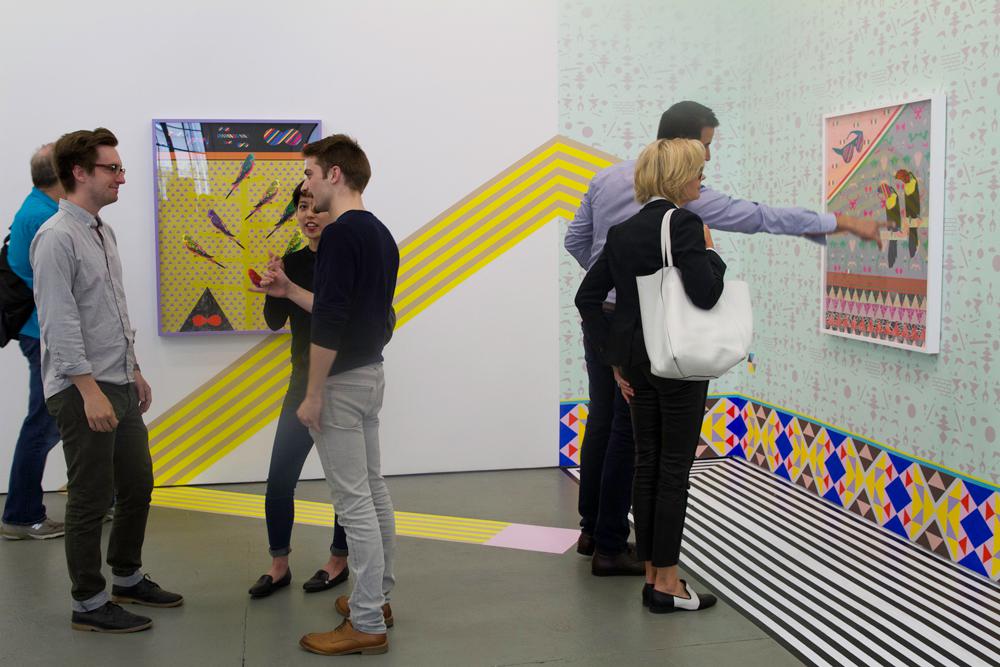Statistics show that attendance at Quebec museums, interpretive centres, and exhibition spaces was 14.2 million last year—the highest level since the Quebec government began collecting data of this kind in 2003.
An analysis of the data suggests that 22 Quebec art museums also hit a record high attendance in 2013 of 1.8 million, indicating a 38% increase since 2003.
The data was collected by Observatoire de la culture et des communications du Québec and highlighted recently by Hill Strategies.
According to Christine Routhier—a specialist in museums, heritage, visual arts and design at Observatoire de la culture et des communications du Québec—it can be difficult to ascertain exactly why there was a bump in numbers, but a few factors stand out.
Part of the reason for the overall boost to attendance in 2013 may have been related to the reopening of the Montreal planetarium that year.
The high for art museums as well may also be linked to strong attendance at the Musée des beaux-arts de Montréal, which at more than 1 million visitors that year led attendance for all Canadian art museums.
Another factor could be the inclusion of attendance at museum and gallery exhibitions that happen off-site, in public spaces—such as the McCord Museum‘s public placards on McGill College in Montreal. (Nonetheless, excluding off-site attendance at museum events in public places, total attendance was 13.3 million in 2013, which was also a record high since data began being collected in 2003.)
However, Routhier cautions that not all the data is positive.
For instance, while there was an overall boost to museum and gallery attendance in the province in 2013, some individual regions experienced a decline in attendance. In 2013, for example, the region of Bas-St-Laurent saw a 15% decline in gallery and museum attendance compared to the previous five years.
It’s also worth noting that art-related attendance still comes third behind science- and history-related museum and gallery attendance. Arts-related organizations (including art museums and arts-related exhibition centres) accounted for 17% of the overall attendance figure in 2013 (2.4 million), behind science-related organizations (35%, or 5.4 million) and historical, ethnological, and archaeological organizations (45%, or 6.4 million).
The Observatoire de la culture et des communications du Québec report also highlights the importance of the summer season for Quebec museums and heritage organizations. For all survey respondents, July and August represent 37% of total attendance.
The report is based on data from 440 museums and cultural organizations. Data from artist-run centres is not included in this summary, Routhier says, partly because of inconsistencies in the way those galleries collect visitor data.

 Gallery-goers with an installation by Dominique Pétrin at Galerie Antoine Ertaskiran during the Canadian Art Foundation's Gallery Hop Montreal in June 2014. Photo: Lorna Bauer.
Gallery-goers with an installation by Dominique Pétrin at Galerie Antoine Ertaskiran during the Canadian Art Foundation's Gallery Hop Montreal in June 2014. Photo: Lorna Bauer.







